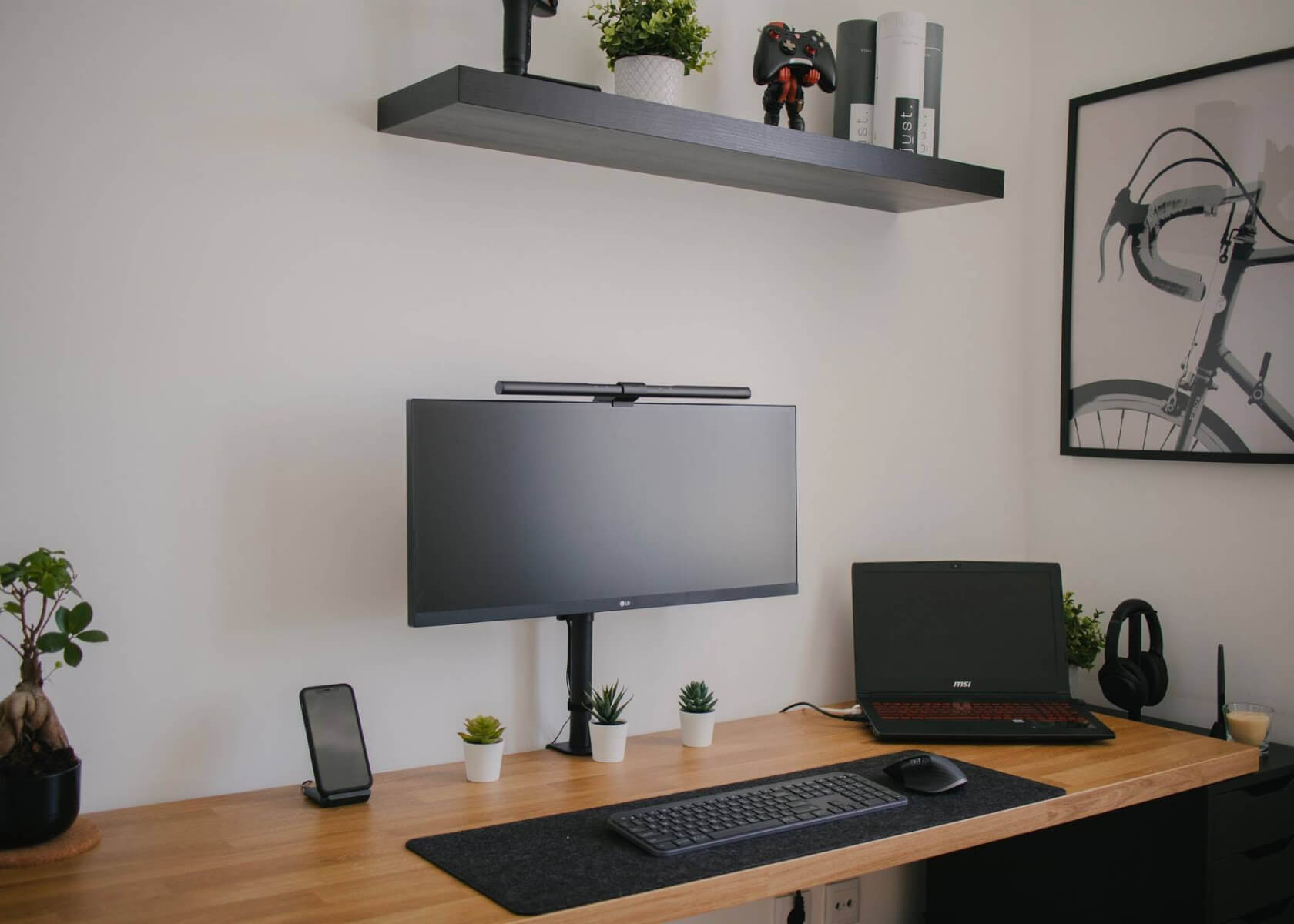Effective Flashcard Design and Implementation in Notion: A Comprehensive Guide for Successful Learning

New to Notion?
How to Design and Implement Effective Flashcards within Notion for Learning Purposes
Flashcards have long been recognized as a powerful tool for learning and retaining information. By engaging active recall and utilizing spaced repetition, flashcards can significantly boost memory retention and support your learning process. Notion, the versatile productivity tool, offers a flexible platform to create, manage, and even share flashcards with peers. In this article, we’ll show you updated best practices and current Notion features to design and implement effective flashcards for your learning needs.
Setting Up Your Notion Workspace
Before diving into flashcard creation, set up a well-organized workspace in Notion. Follow these steps to get started:
1. Creating a Database
- Start by clicking the "+" button to add a new page.
- Select Database and give it a clear name, such as Flashcards.
- Add key properties or columns that align with your flashcard content. Common properties include Front and Back. You might also add properties like Category or Tags to further organize your cards.
2. Structuring Your Database
- Customize the structure by including additional properties that suit your learning process. Consider adding a Level of Difficulty property or linking this database with others for enhanced functionality.
- Rearrange your properties by dragging and dropping them to create a logical and intuitive flow of information.
Designing Effective Flashcards
After setting up your workspace, focus on creating visually appealing and effective flashcards. Use the following design tips:
1. Keep It Simple
- Use a clean, minimalist design to prevent distractions. Choose a clear, readable font, set consistent font sizes, and use uniform formatting throughout each flashcard.
2. Use Visual Elements
- Incorporate images, diagrams, or illustrations to break down complex ideas. Visual elements not only enhance understanding but also help in forming associations that aid memory recall.
3. Apply Formatting Techniques
- Leverage formatting such as bold, italic, underlining, or color highlighting to stress important keywords or phrases. For example, use inline code like
Ctrl + Ato call attention to keyboard shortcuts.
4. Add Context
- Provide additional context alongside your flashcard content. Supplement your cards with explanations, examples, or mnemonic devices. This extra information reinforces learning and aids in deeper comprehension.
Implementing Flashcards with Notion's Advanced Features
Notion continuously evolves, and its newer features can greatly enhance your flashcard experience. Here’s how to make the most of them:
1. Spaced Repetition with Reminders
- Use Notion’s built-in reminder functionality to schedule reviews. Assign reminders to individual flashcards based on spaced repetition principles. This approach ensures you revisit information at optimal intervals, improving long-term retention.
2. Linked Databases and Template Buttons
- Utilize Notion’s linked databases to connect flashcards with supplementary notes, resource links, or further explanations.
- Consider using the Template Button feature for dynamically creating new flashcards with pre-set properties, making it easier to expand your database while keeping consistency.
3. Embedding Multimedia Elements
- Enhance your flashcards by embedding multimedia such as videos, audio clips, or interactive images. These elements help to bring the content to life and cater to various learning styles.
4. Collaboration and Sharing
- Notion supports real-time collaboration, so you can easily share your flashcard database with classmates or colleagues. Collaborative editing and feedback can create a richer, more engaging learning environment.
Reviewing and Testing Your Flashcards
Regular review and testing are essential for maximizing the benefits of your flashcards. Here are some practical tips:
1. Utilize Notion's Filters
- Make use of Notion’s filtering options to focus on specific categories or difficulty levels. This way, you can tailor your study sessions to address the areas that need the most practice.
2. Track Your Progress
- Create a Completion Status property or similar to mark which flashcards have been mastered. Use various views such as Kanban or Calendar to visualize your progress and stay motivated.
3. Mix It Up
- Change the order of your flashcards frequently by using Notion’s sorting and filtering options. Randomizing your review order prevents reliance on fixed patterns and promotes a deeper understanding of the material.
By following these guidelines and leveraging the latest Notion features, you can create an efficient and engaging flashcard system that enhances your learning experience. Stay consistent, review regularly, and feel free to experiment with additional techniques as you refine your flashcards. Happy learning!


